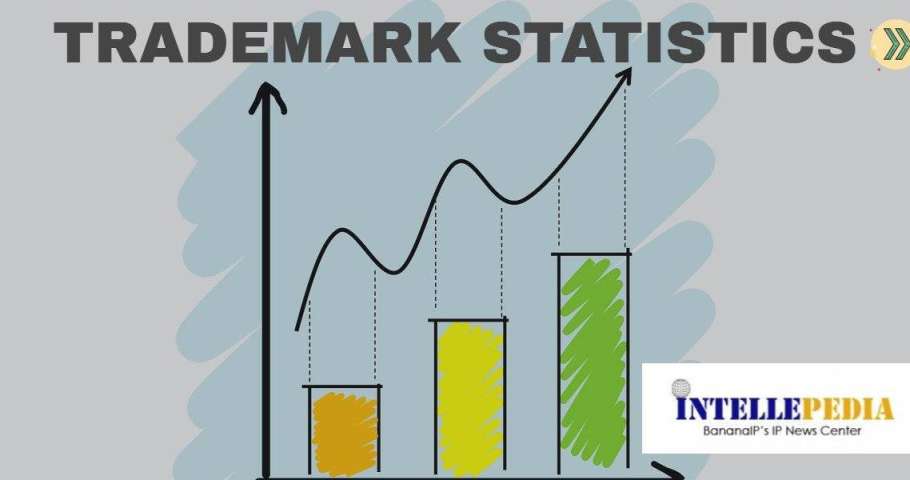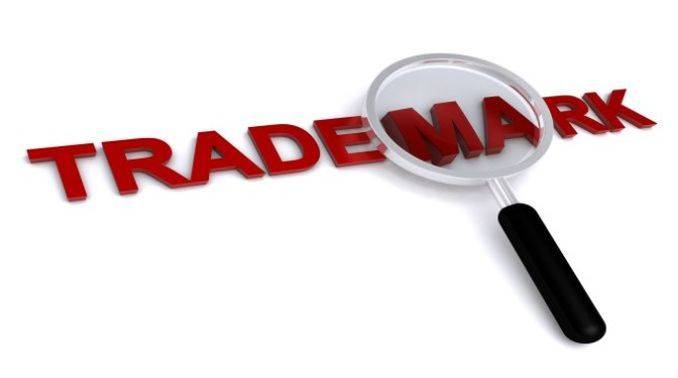These statistics have been compiled from the official journal of the trademark office published weekly on Mondays.
INDIAN TRADEMARK STATISTICS
Last week, the Indian Trademark Office have had a decrease in its work pace. The total number of hearing notices issued has decreased by thirty seven percent (37%). Similarly, the total renewals notices issued has decreased by thirty one percent (31%). However, there has been an increase of fifty one percent (51%) in the total applications published in the trademark journal.
Weekly…








